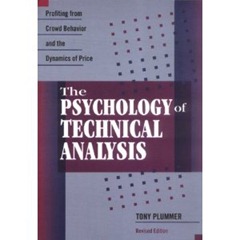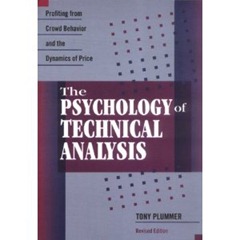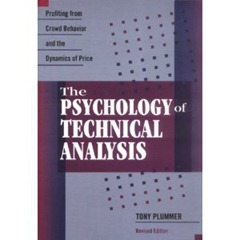Bullion, seen as a haven in times of economic turmoil, rallied to a peak of $1,600.40 a troy ounce on Monday morning.
Silver also jumped on Monday morning, rising above $40 a troy ounce for the first time since its collapse in early May.
Category: Your Money
Consumer sentiment in the United States was weaker than in the second half of 2009 at the height of the global recession.
Globally, consumers plan to tighten their belts in coming months for everything from stock investing to buying clothes, taking holidays and upgrading technology, after being slightly less cautious over the past 12 months.
Indian consumers were still the most bullish globally but less so than in the first quarter.
 Greed is the fear of missing further profits.
Greed is the fear of missing further profits.
The objective of a crowd in the stock market is to influence prices: the bullish crowd will try to force prices up while the bearish crowd will try to force prices down. The sentiment of the crowd usually turns prior to price reversals. Hence, just before market peaks, sentiment will begin to deteriorate as the percentage increase in price falls.
The price-sentiment limit cycle is prone to shocks. Shocks occur because of a sudden divergence between current price movements and expected price movements. Shocks can be either pro-trend or contra-trend. Pro-trend shocks almost always destroy the unsuccessful crowd. However a contra-trend shock will initially cause prices to fall which results in falling sentiment. Eventually, the fall in prices begin to slow and encourages bear closing. This, in turn, causes prices to rise and hence a reversal in sentiment.
The disintegration phase of either a bull or bear cycle will occur very quickly. The fear of not making profits is of a different order of magnitude from the fear of actually losing money. This implies that investors prefer to hold stock rather than short positions. The long-bias means that when a bear market begins, not only do very few investors anticipate the fall, but also there is very little resistance to falling prices. Therefore, bear phases take a shorter period of time and are steeper than bull phases.
 When an individual buys or sells securities, an emotional commitment is being made.
When an individual buys or sells securities, an emotional commitment is being made.
The battle between the bulls and the bears is what creates a market for securities. Without the presence of this constant state of conflict, there would be no graduated price movements: prices would jump up and down randomly and no one would trade.
When an investor buys/sells securities, he accepts one of the two crowds’ beliefs about the future trend in prices and identifies strongly with other members of the same crowd (there are exceptions to this, however they form a sophisticated niche). An investor is a committed crowd member. Because of this, as a price trend develops, individual trading decisions become increasingly non-rational. Ultimately, extremes in optimism or pessimism occur, creating the conditions for a reversal.
The objectives of technical analysis is to keep a close watch on what other investors are saying and doing and when a vast majority are saying and doing the same thing, do the reverse. The more people who believe in a trend, the fewer people there are left to perpetuate it.
 A technical analyst knows the price of everything and the value of nothing.
A technical analyst knows the price of everything and the value of nothing.
The Rational Expectations Hypothesis is based on three interlinked assumptions:
- Individuals do not behave irrationally
- Individuals learn from their mistakes
- Individuals arrive at their decisions independently of one another
However, REH fails in the real world. Natural forces encourage people to herd together as groups. Groups behave as single organisms that respond in predictable ways to new information, have their own emotional cycles and follow a definable path of growth and decay. This is the rationale for technical analysis.
Technical analysis assumes that prices reflect the entirety of investors’ expectations of the fundamentals (both economic and company specific). Financial markets will always be trying to anticipate the future and hence market prices precede changes in fundamental conditions. And most importantly, each price movement is mathematically related to preceding price movements.
Read the review of the first few chapters here.


